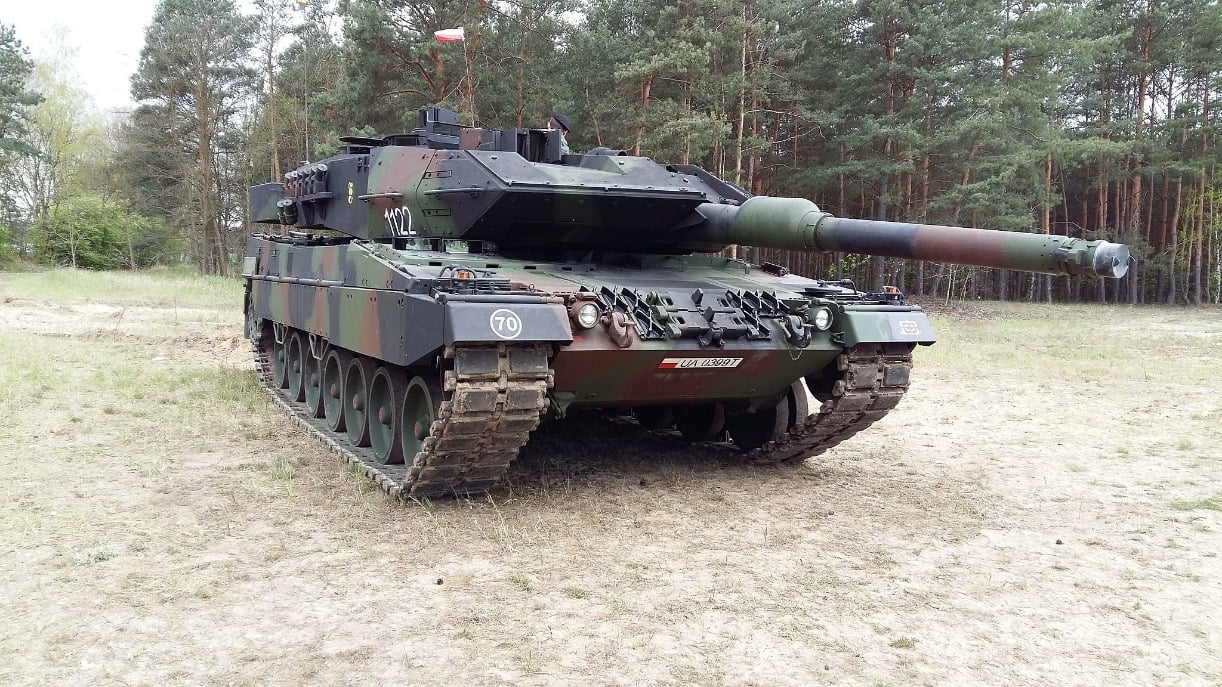Ukraine’s Bold Kursk Offensive: Turning the Tide in the Russia-Ukraine War?
The Ukrainian military's surprise offensive into Russia’s Kursk Oblast in August 2024 has sparked debate over its strategic significance and the current state of the overall conflict.
Summary and Key Points: The Ukrainian military's surprise offensive into Russia’s Kursk Oblast in August 2024 has sparked debate over its strategic significance.
-Utilizing electronic warfare, drones, and HIMARS, Ukrainian forces swiftly broke through Russian defenses and seized critical towns.
-Despite skepticism due to manpower shortages in the Donbas, the operation has drawn Russian reinforcements away from crucial areas, including the ongoing offensive near Pokrovsk.
-The operation has boosted Ukrainian morale while forcing Russia to reconsider its vulnerabilities.
-By bringing the war to Russian soil, Ukraine seeks to weaken Russia’s offensive in Donbas and alter the broader strategic landscape of the conflict.
Ukraine’s Kursk Offensive Forces Russia to Rethink Its Strategy
On August 6, the Ukrainian military began an offensive into Russia’s Kursk Oblast, surprising many in the West. Ukrainian tactics prevailed, along with the use of surprise, electronic warfare, drones, and concentrated fires, allowing Ukrainian forces to quickly break through Russian strong points along the border and seize critical towns.
Since then, Ukrainian forces have enlarged and established their flanks, utilizing the Western-provided High Mobility Artillery Rocket System (HIMARS) to destroy Russian reinforcements and bridges close to their frontlines and continuing their intensive drone campaign targeting Russian forces.
The strategic significance of the Kursk Offensive, a topic of increasing debate, is a key point of interest. The rationale behind this high-stakes operation, particularly as Ukrainian forces face challenges in the Donbas, is a matter of intense discussion. While predicting the entire trajectory of this operation is inherently tricky, the one-month mark offers some early insights. These observations inform how the situation might evolve, sparking curiosity about the potential outcomes of this operation.
Many viewed the Kursk operation with skepticism, particularly given Ukraine's ongoing manpower issues. Ukrainian sources consistently point to personnel shortages in the Donbas as a key reason for Russia's territorial gains. After the fall of Avdiivka earlier in 2024, Russian forces began advancing northwest toward Pokrovsk, a crucial logistical hub whose road network is vital to Ukrainian defenses. If Pokrovsk falls to Russian forces, the strategic cities of Kramatorsk and Slovyanks would be encircled, dealing a severe blow to Ukrainian defenses. The Ukrainian general staff’s decision to deploy strategic reserves reinforces the argument against the Kursk Offensive. These reserves could have been used to plug gaps in Ukrainian lines or counter Russian breakthroughs.
This argument is valid; however, Western military analysts often do not have the complete picture of the Ukrainian forces. Since the Kursk Offensive, Ukraine has deployed three brigade-size elements into the Pokrovks area, conducting small-scale counterattacks that have retaken lost ground and reinforced positions in Selydove, a vital town southeast of Pokrovks. More importantly, Russia is deploying thousands of troops to contain the Kursk salient and eventually counterattack. These troops would have otherwise been deployed to Donbas to continue their advance in that area. Ukraine’s attack across the border will likely force Russia to potentially increase manpower reserves across the entire border, an issue that has plagued Ukraine since the beginning of the war, even across the border with Belarus.
The psychological aspect of the Kursk operation cannot be overlooked. The memory of Ukraine's failure in the 2023 counteroffensive remains fresh in the minds of both soldiers and civilians. Since then, Russian forces have steadily gained ground, with Ukrainian troops often in retreat, even without a decisive Russian breakthrough. This operation offers Ukraine an opportunity to change that narrative.
Operational success significantly boosted the morale of the Ukrainian military and civilians. For Russia, however, the stakes are different. After suffering thousands of casualties and losing significant military equipment, the loss of Russian territory introduces a new dynamic to the conflict. Ukraine must bring the war to Russia, showcasing Russian vulnerabilities. It forces a reconsideration of how the war is being waged and what sacrifices may be necessary to maintain momentum.
The Kursk operation represents an undeniably bold and high-risk maneuver by the Ukrainian general staff. The rewards offered by Ukrainian forces are significant operational and strategic advantages. Russia has not experienced the war in the same manner as Ukraine. Russian infrastructure has remained unscathed, even in border areas. Ukraine must increase the impact felt by the Russian population, signaling to the Kremlin that this is not a zero-sum conflict in Russia’s favor.

This operation forces Russia to divert troops from the frontlines in the Donbas, weakening its offensive momentum and creating a critical opportunity for Ukraine to exploit and alter the strategic landscape of the conflict. To win this war or even have leverage in potential negotiations, Ukraine must bring the war to Russia. This operation is the beginning stage of that plan.
About the Author:
Jorge L. Rivero is a Marine Corps foreign area specialist concentrating in Europe and Eurasia. He serves in the Pentagon's Plans, Policies, and Operations. He is a graduate of George Washington University and the Bundeswehr University-Munich and an MIT Seminar XXI fellow.
Image Credit: Creative Commons and/or Shutterstock.


